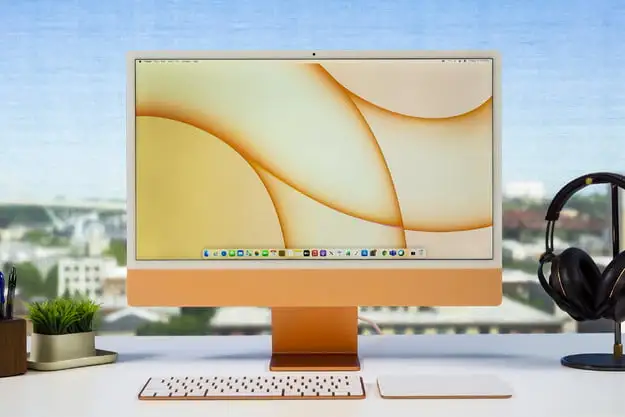
WWDC has come and gone, and the new 15-inch MacBook Air was one of the big announcements, along with the M2 Ultra inside a new Mac Pro. On top of that, we got the M2 Pro/MacBook Pros and M2 Mac mini in the spring.
But you might be left wondering if Apple has more in store for the Mac in 2023 — and the answer is yes. According to the latest rumors, Apple still has a number of new Macs planned for later this year. However, this fall certainly doesn’t look as busy for the Mac as in previous years.
M3 MacBook Air 13-inch

The M3 is the big mystery around Mac releases for the rest of the year. As of now, it certainly seems like Apple is set on launching the M3 in the fall of 2023, which will be built on 3nm and provide a significant uplift in performance. That would match the current rhythm of introducing a next-gen chip each year since the M1 was announced.
The problem, though, has to do with what new laptop would these M3 chips debut on. Having just released a 15-inch MacBook Air built on the M2, it’d be awfully strange to bring the more powerful M3 to a 13-inch MacBook Air. The Mac mini is off the table too, since the M2 model came out just this spring. The 14-inch or 16-inch MacBook Pro, meanwhile, would need the M3 Pro/Max — and again — skipping ahead to those more powerful configurations would be odd.
If Apple really is going to launch the M3 later this year, it will most likely be on a 13-inch MacBook Air and 13-inch MacBook Pro — even if that ends up being a bit awkward. It will have been made even more awkward if Apple keeps around the outdated design of the 13-inch MacBook Pro, which still has thick bezels and a Touch Bar.
M3 iMac (24-inch)

Another option for a debut for the M3 chip? An update to the 24-inch iMac. Reports indicated that the colorful iMacs were getting overlooked for an M2 update, despite it having been well over two years since the initial M1 iMac was launched. It’s not expected to get a design change, though, offering the same range of colors to purchase and a thin design.
There’s a rumor of a larger, 27-inch iMac Pro in the works too, which will most likely get the M3 Pro and M3 Max chips to align with the 14-inch and 16-inch MacBook Pros. But if Apple holds those more advanced chips for spring 2024, don’t expect the iMac Pro to launch until then.
M3 MacBook Pro

Rounding out the remaining M3 Macs is the MacBook Pro. We saw an update to the MacBook Pro earlier this year, but if Apple plans to release new M3 Macs lower down its stack, MacBook Pro models should follow shortly after.
That doesn’t mean we’ll see all of the new MacBook Pros by the end of the year. The iMac and MacBook Air updates look the most likely, and we may see an update to the MacBook Pro with a base M3 chip. The higher-end models with an M3 Pro or M3 Max will likely come in 2024. After all, we just saw the M2 Max MacBook Pro earlier this year.
More questions than answers
As you can tell, that isn’t a lot. In fact, it might not even be quite enough to host a Mac-focused event in the fall, which typically lands in October or November. Then again, the company didn’t hold one in 2022 either.
But if Apple broadens the scope of such an event to focus on the release of the Vision Pro and new iPads, we could see these products announced. Heck, it could even decide to launch M3 iPad Pros alongside Macs.
There’s a lot we don’t know about how Apple will end 2023, and Macs may end up taking a backseat to some of the more exciting new products in the company’s portfolio.


